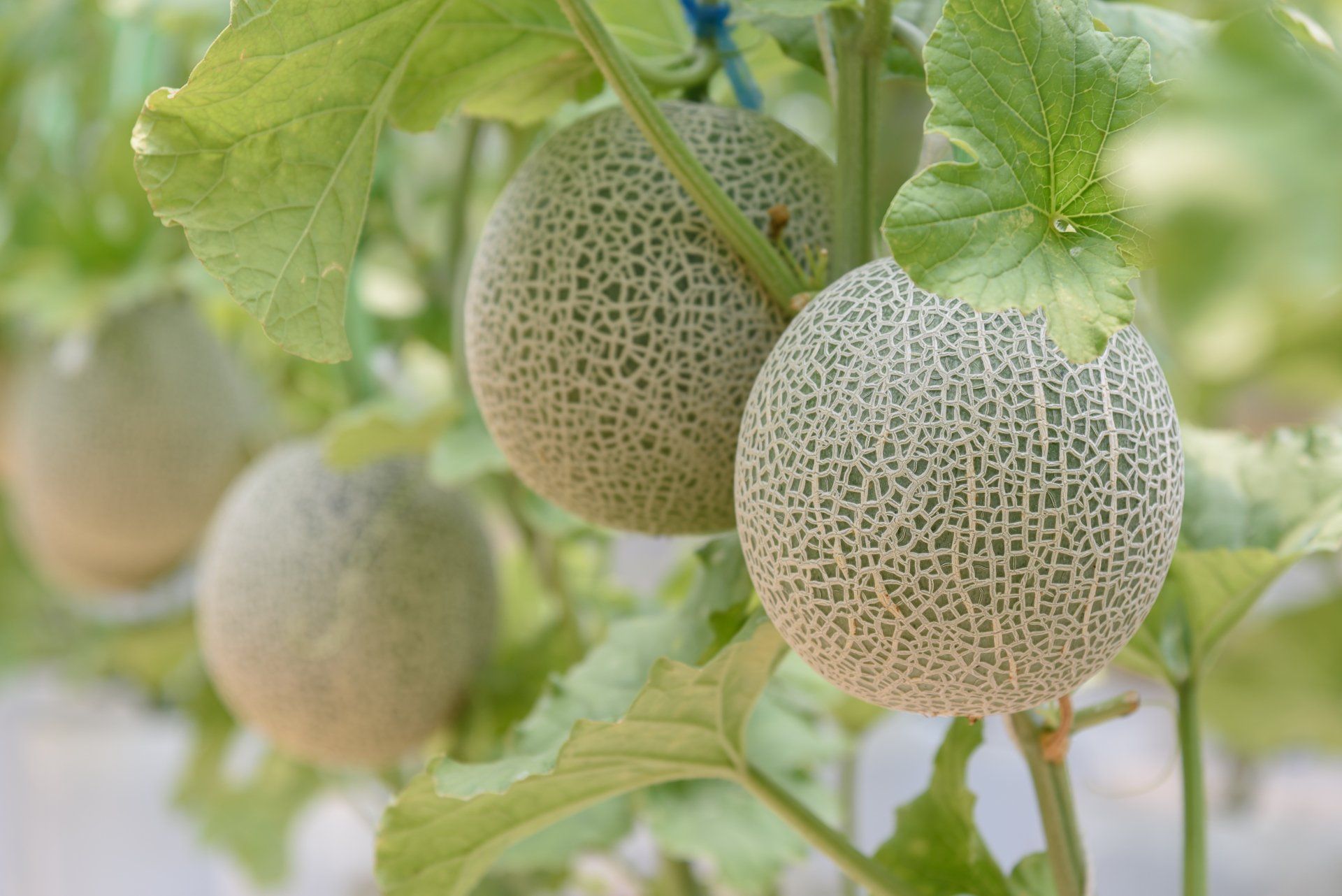Nic's pick of the month: Grow Your Own Christmas Dinner
Melon
KEY INFORMATION
Height: to 100cm
Spread: to 100cm
Tender annual
Full sun
Germination: 10 14 days
Harvest: From 12 weeks
VARIETIES AVAILABLE FROM COLLIE FLOWERS
Watermelon, Blacktail Mountain
Watermelon, Crimson Crush
SOWING & GROWING SCHEDULE
Sow Indoors: February to May
Sow Outdoors: n/a
Plant Out: April to June
Harvest: July to September

Growing Guide
There is nothing quite as wonderful as the sweet fragrance of a crop of melons in a greenhouse. Sow Melon seed indoors on edge (not flat) to prevent rotting 1.5cm deep in individual 9cm pots in a greenhouse, propagator or on a sunny windowsill.
When the plants are about 10cm tall, plant out into final positions into large pots or growbags either in a greenhouse or sunny conservatory. Water regularly, and feed with an all purpose fertilser once a week after the fruits begin to form.
Melons need to be provided with some form of support and the stems should be tied in as required. Once the main stem reaches 60cm, pinch out the growing tip to encourage side laterals to grow. Select the four strongest laterals then pinch these out once they have produced 3 more leaves to encourage more side breaks. These side breaks should be pinched out after 2 leaves, then allow a further side break to grow and pinch out after 1 leaf.
TOP TIPS
Hand pollination helps to ensure fruit pollination, remove male flowers after they have been used. There are a couple other ways to hand pollinate your cantaloupe plants:
- You can use an artist paint brush to transfer the pollen, however, this method is time consuming and not as effective.
- The best way to hand pollinate your plants is by using your hand and plucking a male flower and transferring the pollen to the female flower.
Check your melons regularly as the harvest time draws near. For cantaloupe melons, look at the rind and prepare to pick them when they change from green to tan or yellow. Another indication of ripeness is a crack in the stem where it attaches to the fruit and a brown crispy tendril near the fruit.
Company registration no: 14119546
All Rights Reserved | Collie Flowers Ltd
DEFRA licence no: 7867
